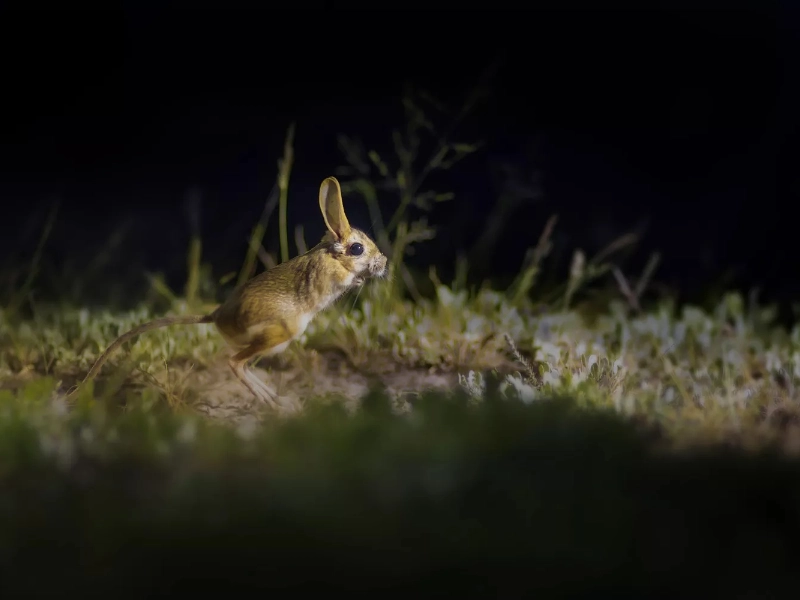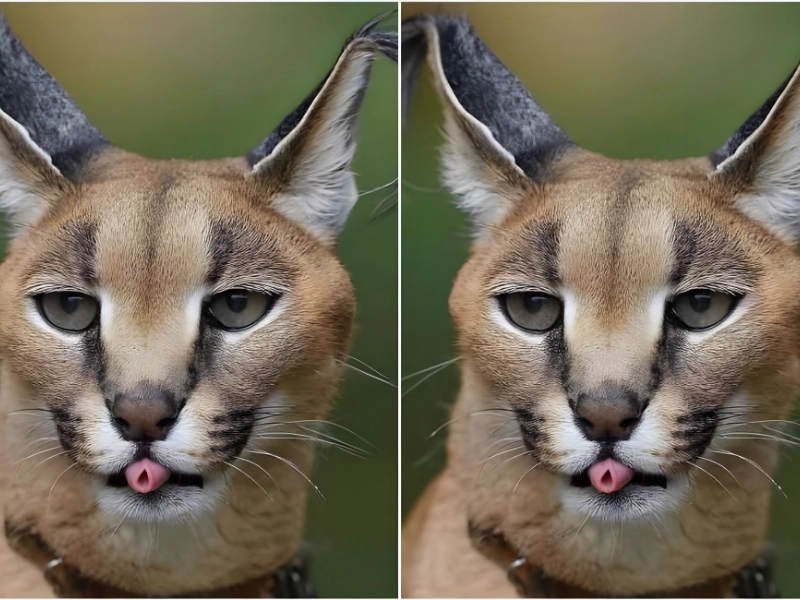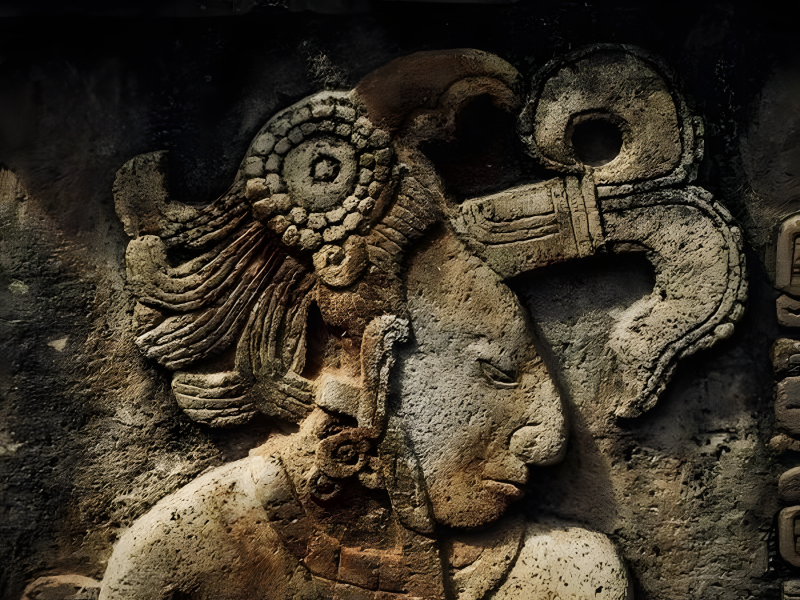1. The Enigmatic Long-Eared Jerboa: A Miniature Marvel of the Asian Deserts

Advertisement
The long-eared jerboa is a fascinating example of nature's adaptability, thriving in the vast and harsh deserts of Asia. Despite being genetically closer to mice, this remarkable rodent resembles a miniature kangaroo due to its unique evolutionary traits. Its most striking feature is its long hind legs, which allow it to leap across the desert terrain with speed and agility, helping it evade predators and travel great distances in search of food and shelter. In contrast, its forelegs are much shorter, having become almost vestigial, as the jerboa has specialized in bipedal movement to navigate its challenging environment.
The jerboa's tail, which can be twice as long as its body, plays a crucial role in its mobility. Acting as a counterbalance and stabilizer, this tail enables the jerboa to make its impressive leaps with precision. Despite its small size—measuring only three inches—the jerboa can jump several feet into the air and run at speeds of up to 15 miles per hour. These abilities not only aid in escaping predators but also help it hunt flying insects, which it catches mid-air using its exceptional jumping skills.
The jerboa's large ears, which inspired its name, serve two critical purposes. First, they provide an acute sense of hearing, allowing the jerboa to detect the slightest movements of prey or predators in the quiet desert night. Second, their large surface area aids in thermoregulation, helping the jerboa dissipate excess heat in the extreme desert climate.
This nocturnal insectivore has adapted to one of the most demanding environments on Earth, but like many desert species, it faces threats from habitat degradation and climate change. Conservation efforts are essential to ensure the survival of this extraordinary species, whose unique adaptations offer valuable insights into evolution and survival in extreme conditions.
Advertisement










